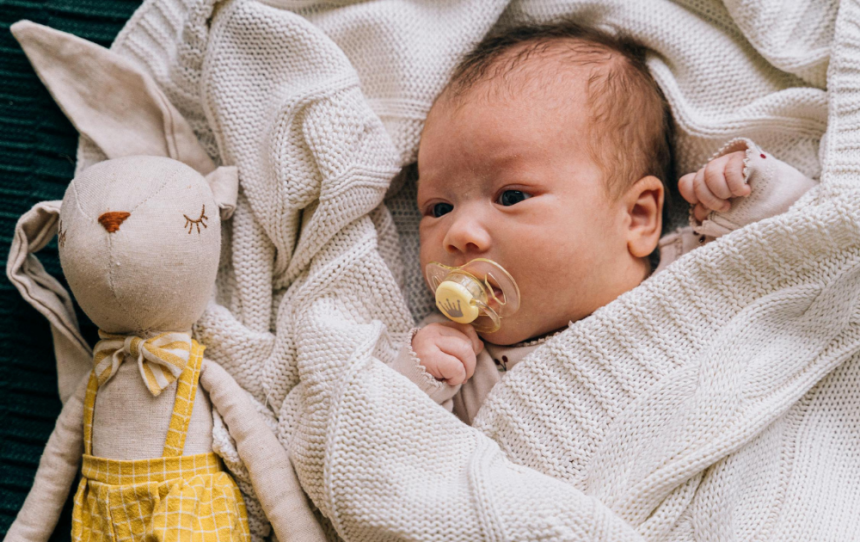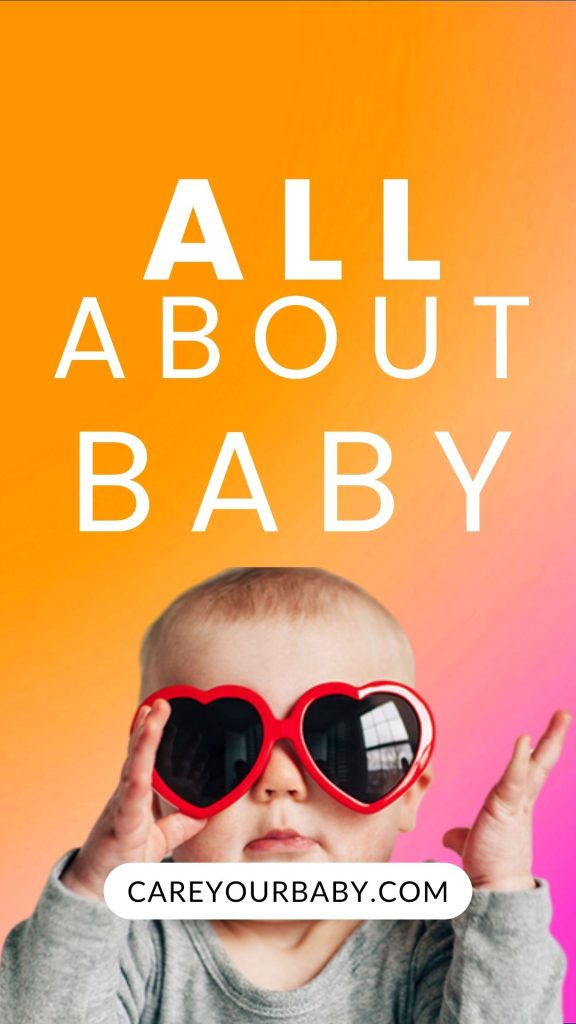The pacifier, a ubiquitous tool in infant care, serves a multifaceted role as a soothing mechanism and a transitional object for many children. However, one of the recurring challenges for parents and caregivers is the propensity for pacifiers to fall out of an infant’s mouth, leading to disruptions in comfort and increased frustration. This phenomenon not only poses a practical inconvenience but also raises questions regarding infant motor skills, the dynamics of oral fixation, and the implications for attachment theory. In this article, we explore effective strategies and innovative solutions designed to keep pacifiers securely in place, enhancing both the child’s sense of security and the caregiver’s peace of mind.
By examining a range of tips and tricks, from physical aids to behavioral techniques, we aim to provide a comprehensive guide that addresses this common issue while emphasizing the broader developmental contexts in which these practices operate.
Strategies for Proper Pacifier Placement and Selection
Choosing the right pacifier and placing it correctly can significantly reduce the frequency with which it falls out of your baby’s mouth. **Consider the following factors when selecting a pacifier**:
-
- Material: Opt for pacifiers made from safe, non-toxic materials such as silicone or natural rubber, ensuring they are BPA-free.
-
- Shape: Select a pacifier that mimics the shape of a mother’s nipple to enhance comfort and stability.
-
- Size: Ensure the pacifier is appropriate for your baby’s age, as sizes vary to match different developmental stages.
Once you’ve selected a suitable pacifier, proper placement is key. **Follow these tips for optimal usage**:
-
- Angle: Insert the pacifier at a slight angle, allowing your baby to latch on securely.
-
- Teething rings: Pair the pacifier with a teething ring to provide additional comfort and reduce the urge to spit it out.
-
- Consistent use: Regularly offer the pacifier during soothing moments to help your baby associate it with comfort.
Innovative Accessories to Secure Pacifiers Effectively
Another ingenious solution is the use of **pacifier pouches** that can be attached to strollers or diaper bags. These pouches keep pacifiers clean and easily accessible, reducing the chance of them falling out and getting dirty. Additionally, some of these accessories are equipped with *anti-drop technology* that adjusts the pacifier’s position based on the baby’s movements. To further enhance the protection against loss, consider using **bungee-style holders** that stretch and adapt to the baby’s movements while keeping the pacifier snugly in place. The combination of these accessories offers a practical solution to a common parenting challenge.
Hygiene Practices to Maintain Pacifier Safety and Longevity
To ensure the safety and longevity of your baby’s pacifier, adopting rigorous hygiene practices is essential. Regular cleaning helps prevent the growth of harmful bacteria, ensuring that the pacifier remains safe for your child. Consider implementing the following practices:
-
- Daily Cleaning: Rinse the pacifier under warm, running water before each use, especially after it has fallen on the floor.
-
- Boiling Method: Sterilize pacifiers by boiling them in water for 5 minutes once a week.
-
- Dishwasher Safe: If your pacifier is dishwasher safe, place it in the top rack for thorough cleaning.
-
- Check for Wear and Tear: Regularly inspect the pacifier for cracks, discoloration, or any signs of damage.
Moreover, proper storage of pacifiers plays a crucial role in maintaining their hygiene and integrity. Ensure that pacifiers are stored in a clean, dry place when not in use. Consider using a dedicated pacifier case that can be easily cleaned. Below is a simple table outlining recommended storage methods:
| Storage Method | Description |
|---|---|
| Pacifier Case | A portable, easily washable container that protects the pacifier from dirt. |
| Dry, Cool Area | Store in a cabinet or drawer away from direct sunlight and moisture. |
Understanding Infant Behavior to Minimize Pacifier Displacement
Understanding the intricate dynamics of infant behavior is pivotal in reducing the likelihood of pacifier displacement. Infants are naturally inclined to explore their environment and their own bodies, which often includes pulling or pushing objects away from their mouths. Recognizing that infants have a strong reflex to suckle, it’s important to consider their physical cues and reactions. Parents can observe and interpret these behaviors, allowing them to create a conducive environment that minimizes the chances of pacifier loss. For instance, ensuring that the pacifier is appropriately sized for the infant’s age and developmental stage can significantly reduce displacement.
Moreover, establishing consistent routines during feedings or comforting sessions can help reinforce the pacifier’s role in these contexts. Parents may find it beneficial to attach the pacifier to a **safety clip** or **pacifier holder**, which can prevent it from falling too far away when it is dislodged. Additionally, understanding and responding to the following behaviors can enhance the effectiveness of this effort:
-
- Tongue Thrusts: Infants may push the pacifier out with their tongues.
-
- Grasping Motions: Babies may inadvertently drop the pacifier while reaching for other objects.
-
- Yawning or Stretching: These movements can displace the pacifier unexpectedly.
Closing Remarks
ensuring that pacifiers remain securely in place can significantly benefit both infants and caregivers alike. The strategies outlined in this article, ranging from selecting appropriately designed pacifiers to utilizing innovative accessories, underscore the importance of a practical approach to this common challenge. By implementing these tips and tricks, parents can foster a more soothing environment for their children, promoting not only comfort but also enhanced sleep patterns.
Further research may be warranted to explore the long-term implications of pacifier use and attachment techniques, yet the immediate benefits of these methods are evident. As we navigate the nuanced world of infant care, continuing to share knowledge and experiences will empower caregivers to make informed choices that prioritize the well-being of their little ones.


